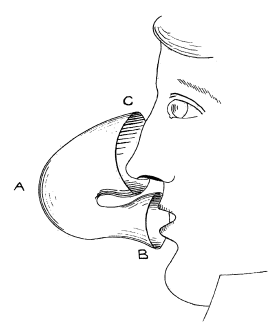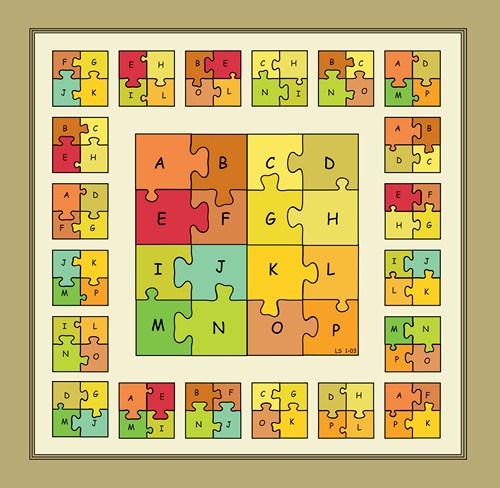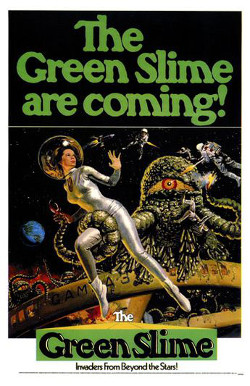A charming little scene from mathematical history — in 1615 Gresham College geometry professor Henry Briggs rode the 300 miles from London to Edinburgh to meet John Napier, the discoverer of logarithms. A contemporary witnessed their meeting:
He brings Mr. Briggs up into My Lord’s chamber, where almost one quarter of an hour was spent, each beholding the other with admiration, before one word was spoke: at last Mr. Briggs began. ‘My Lord, I have undertaken this long journey purposely to see your person, and to know by what engine of wit or ingenuity you came first to think of this most excellent help unto Astronomy, viz. the Logarithms: but my Lord, being by you found out, I wonder nobody else found it before, when now being known it appears so easy.’
Their friendship was fast but short-lived: The first tables were published in 1614, and Napier died in 1617, perhaps due to overwork. In his last writings he notes that “owing to our bodily weakness we leave the actual computation of the new canon to others skilled in this kind of work, more particularly to that very learned scholar, my dear friend, Henry Briggs, public Professor of Geometry in London.”





